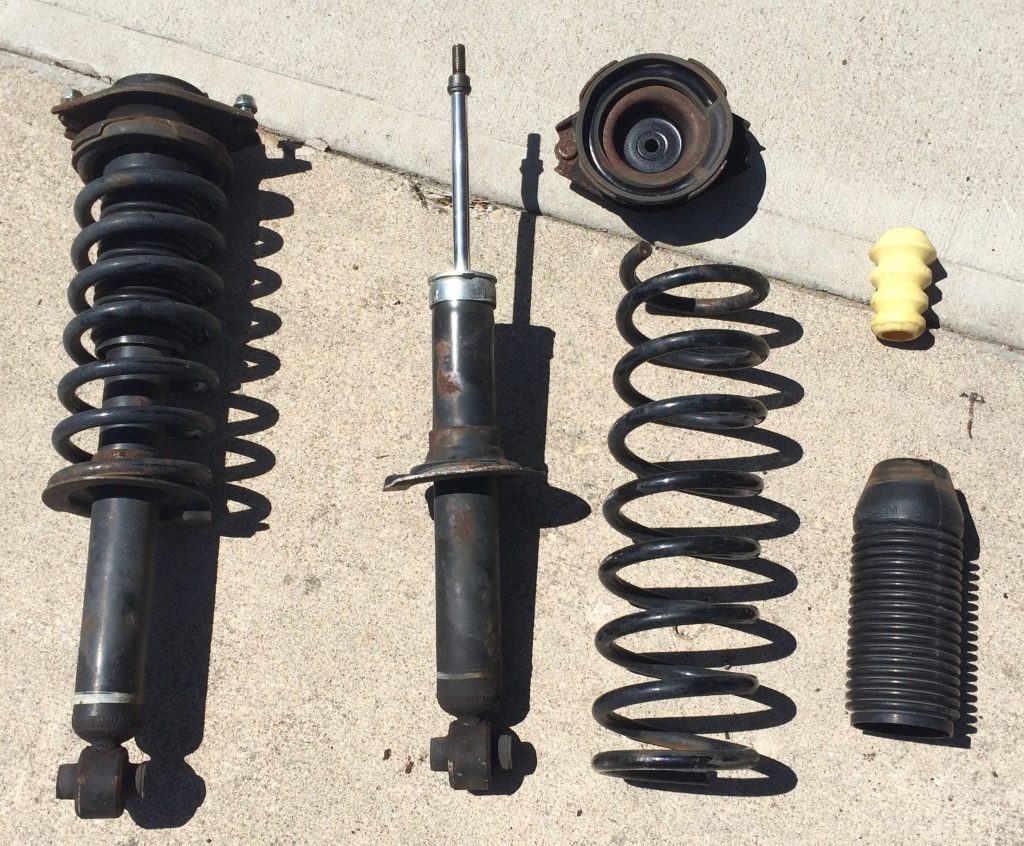
Z.G. Lexington, KY
Q: I suspect it’s time to replace my shocks, but I’m not sure. I inspected them and I found no leaks. I also performed an old-school “bounce test,” and the car seemed to come to a rest reasonably quick. Any tips on diagnosing worn shocks and struts?
A: Shock and strut wear can vary based on driving conditions, overall vehicle condition, and driving habits. Shock and strut performance should be checked regularly, starting at around 20,000 miles.
While it is true that a leaking shock or strut is definitely bad, just because it isn’t leaking doesn’t mean it is good! Second, there is the bounce test. And with less “unsprung” weight and more taught spring rates, that test also isn’t a reliable indicator of shock/strut condition.
The best way to tell if shocks and struts are okay is by the vehicle’s performance. When you’re braking hard, does the back of the car lift up or does the nose drop down? When you’re making a sharp bend or lane change, does the body seem to sway and roll? Does it keep swaying and rolling after you straighten the car? Are the tires showing uneven wear or “cupping”? Do you hear any noises emanating from underneath the vehicle—bumping or banging? These are compelling signs that your shocks/struts might need replaced.

To test the front shocks on my ’86 Camaro I took them off.
Pressed down on them, they both went down and stayed there truly worn out.
Yet I had’nt any indication driving that I was on springs only !!!
[…] We dove into this subject in more detail during one of our Mailbag features and you can read it here: Diagnosing Worn Shocks & Struts […]